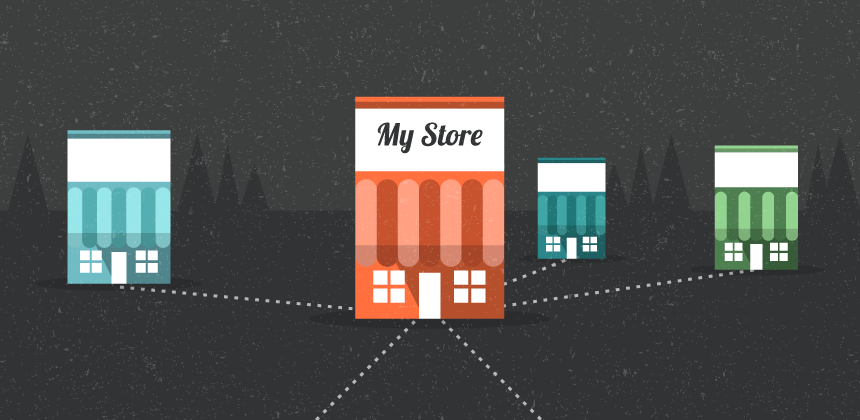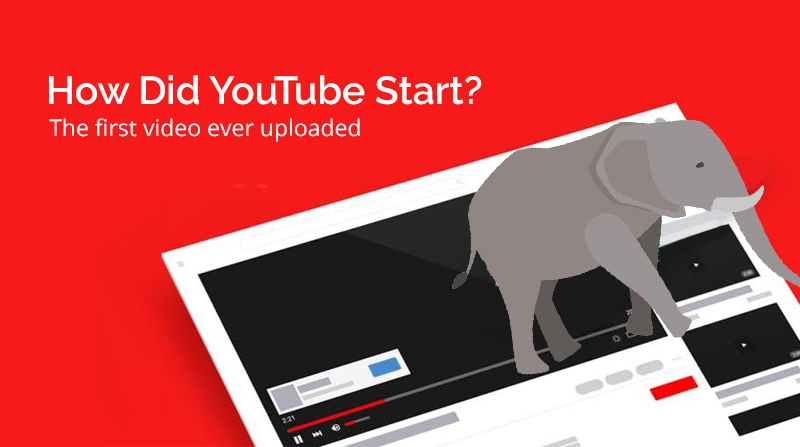70% of a buyer’s journey is complete before they even reach out to your business. So, make sure you have these five critical elements in your ecommerce sites so prospects find information that makes them more likely to buy:
Use contextual marketing
What do I mean by this?
“Contextual marketing is data-driven marketing that uses the info you gather about people’s behaviors, profiles and context in order to deliver personalized and relevant content at the right place, at the right time,” says OutMarket CEO, You Mon Tsang. “Doing so nurtures prospect relationships and makes them more likely to purchase. “
If someone who is interested in your business doesn’t buy right away but signs up for more information, you can gather information about them and deliver useful content that nurtures them through to a sale.
User-Generated Content A Priority
Consumers place more trust in ratings, reviews, photos and other user-generated content (UGC) than they do in traditional marketing and advertising, in part because people see them as more authentic and credible.
On top of that, “it has been proven that ratings and reviews, two of the most common forms of UGC, improve SEO and increase sales,” according to Jeev Trikka, CEO of TopSEOs. In 2015, ecommerce sites should resolve to incorporate a strategy to capture UGC and display it prominently on their site or within their mobile app.
Shoppers want information and they trust the voices, opinions and experiences of customers who have already purchased that product. Use UGC to help drive conversions and turn casual browsers into confident buyers.
Integrate Social, Engagement-Based Loyalty
The New Year is a great time to implement an engagement based loyalty program. Using badging, leaderboards and integrated user profiles, these loyalty programs focus on driving engagement and user-generated content (UGC) in addition to transactions. Shopify has a large selection of apps that integrate with their ecommerce platform already configured to handle a host of different loyalty program.
Engagement-based loyalty programs have shown to increase both the quantity and the quality of reviews, by incenting customers to leave better, longer reviews and even contribute extra content such as photos and videos. Engagement-based loyalty drives a “virtuous cycle” of more reviews driving more sales driving more reviews.
Offer a native language shopping experience
According to exclusive data from One Hour Translation(OHT), the world’s largest online translation agency, the vast majority of foreign consumers prefer to shop online in their native language, based on an OHT data sample- i.e., an astounding 90% of Japanese respondents. A simple change of language can positively impact the shopping experience and provide the personalization speakers of all languages crave and increase revenues for business.
Consumers from outside of the United States account for a projected $300 million of U.S. holiday sales – and that doesn’t count non-native English speakers in America. While more than two-thirds of online consumers are not native-English speakers, a vast number of e-commerce companies fail to localize their websites for foreign and non-native English-speaking shoppers. According to a recent OHT survey, conducted through Google Consumer Surveys, the vast majority of foreign respondents prefer to shop online in their native language.
Percent of surveyed customers who would rather buy in their language:
– 90% of Japanese respondents
-74% of French-speaking Canadians
-79.5% of Germans
-82.5% of Italians
-65% of Dutch respondents
A/B testing your checkout processes
According to Sajeel Qureshi, VP of Operations at Computan, “A/B Testing is going to be very important for ecommerce sites to do in 2015. Most companies believe they should be spending money on SEO, but in reality Google, Bing, Twitter, Facebook, LinkedIn and all the other big players are lining up to sell ecommerce sites traffic!”
Ecommerce sites struggle because they don’t track what user experiences work the best, but in 2014 we’ve all seen our customers get smarter on that.
One final (bonus!) tip: Add pertinent information about your business online in places such as your website, your blog, other blogs and other sites (simple description of what you do, phone number, email, location, description of products/services – you won’t believe how many marketers don’t have all of this information easily findable!). Linking to your products/services where applicable and using visuals is key.
What do you think? Are there other killer ecommerce tips for 2016 you can think of?


